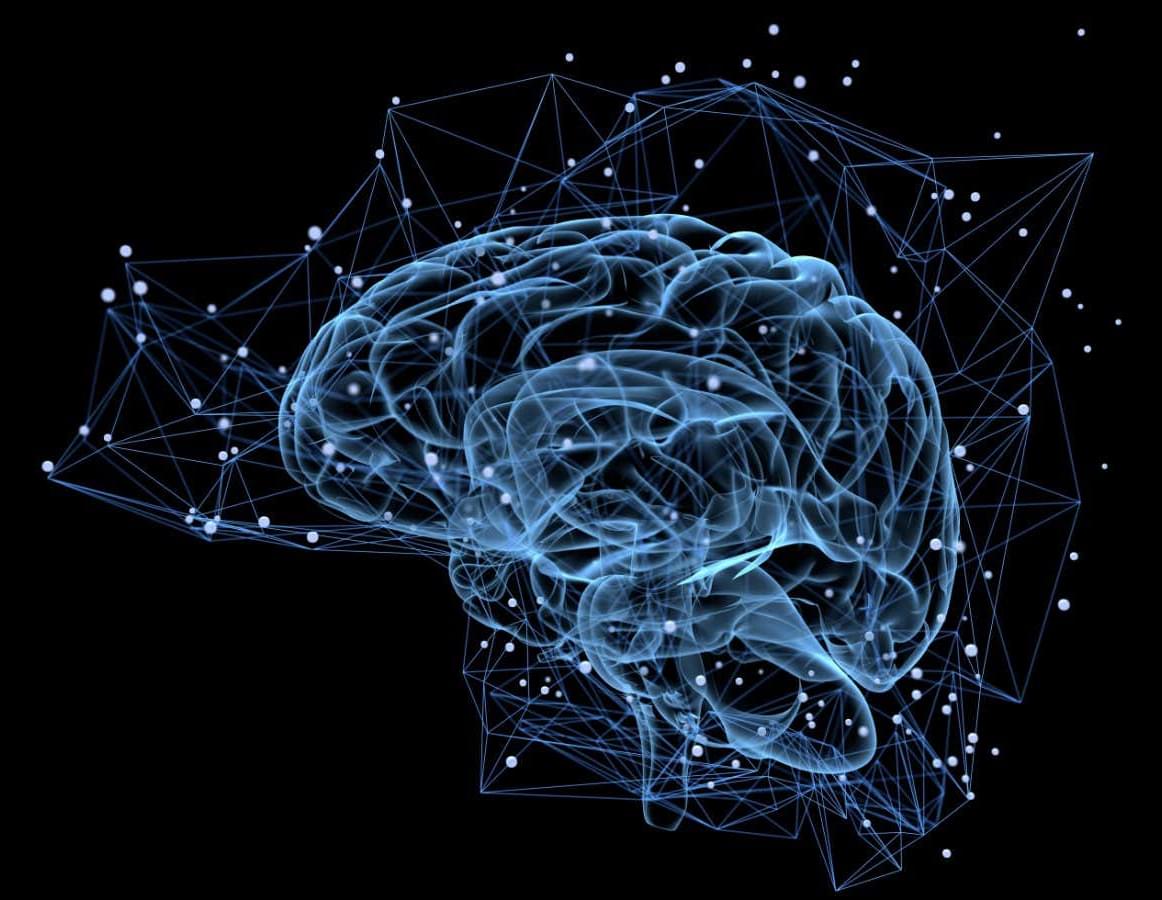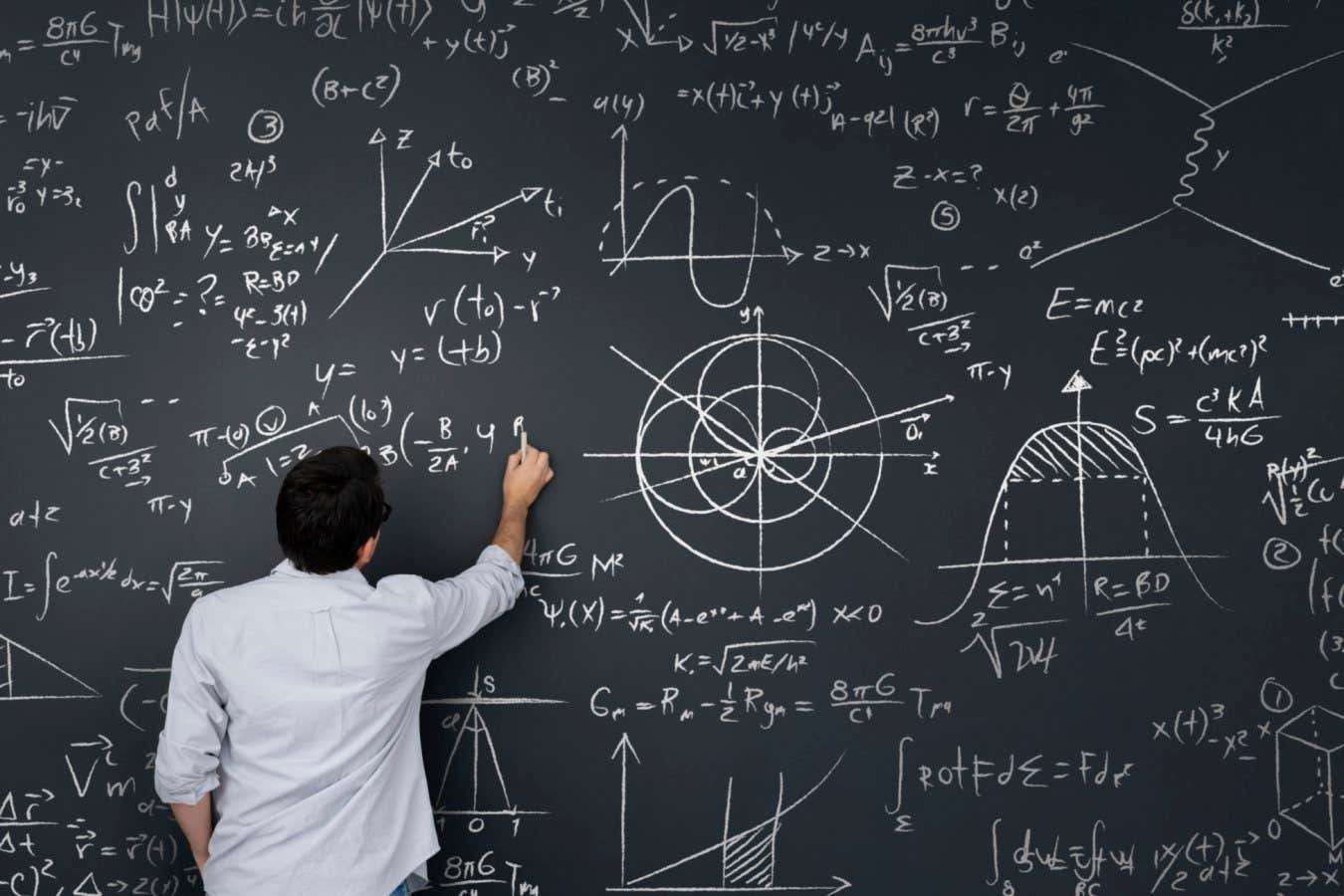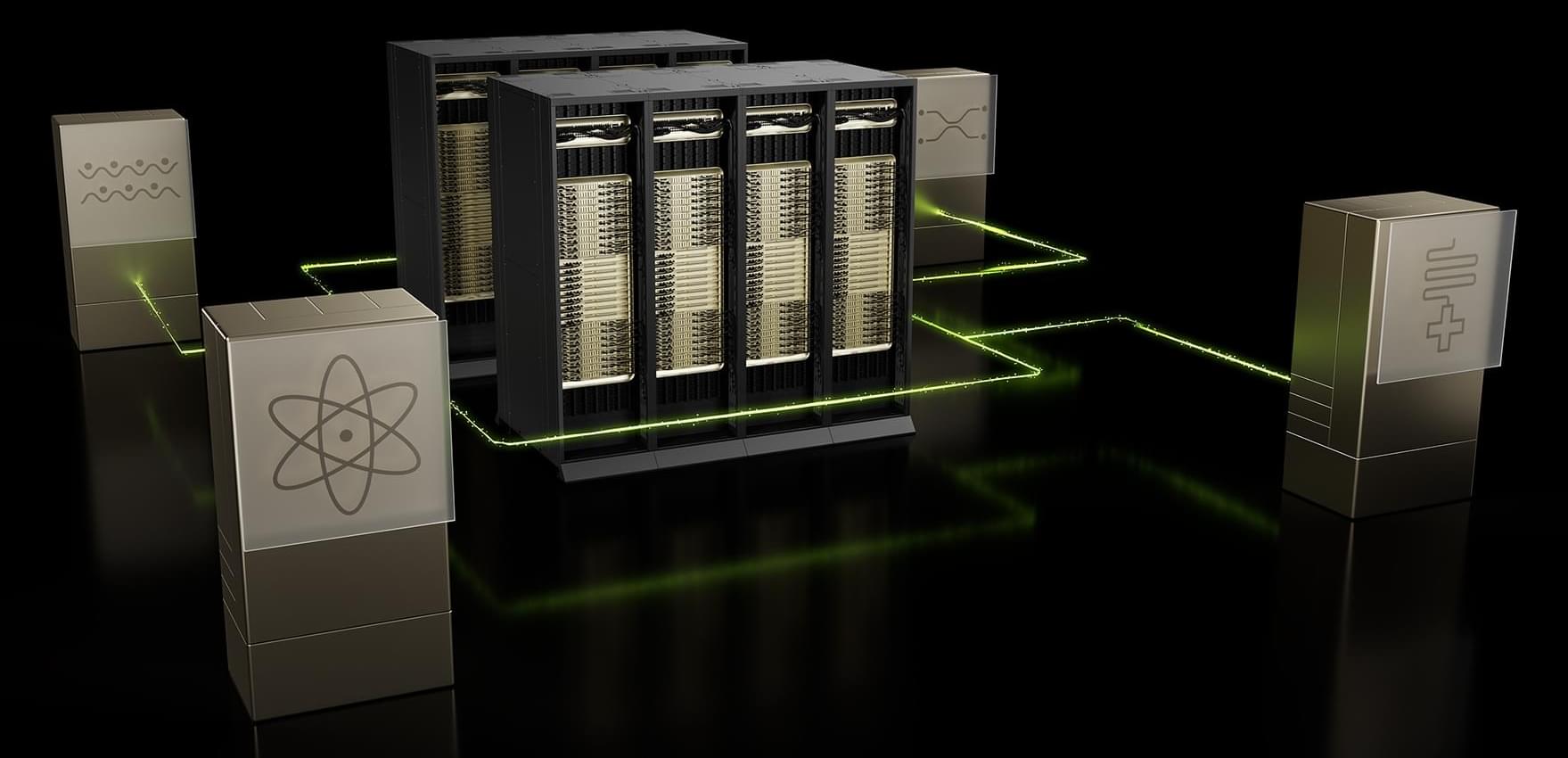Our current best theories of the universe suggest that dark energy is making it expand faster and faster, but new observations from the Dark Energy Spectroscopic Instrument suggest this mysterious force is actually growing weaker






Buy me a pint here:
https://www.subscribestar.com/morgoth-s-review.
https://www.patreon.com/Morgoth.
Buy me a coffee.
https://www.buymeacoffee.com/morgoth.
Bitchute.
https://www.bitchute.com/channel/morgothsreview/
Thanks to Theberton for the intros and outros.
https://www.youtube.com/channel/UC_0KCOY6LkteChDivbb6QBQ



Oxford BioTherapeutics (OBT) has entered a multi-year partnership with Roche to discover antibody-based therapeutics for cancer treatment.
The partnership will leverage OBT’s OGAP-Verify discovery platform, which claims to offer greater sensitivity and enables target selection with enhanced drug development attributes.
OBT has entered a multi-year partnership with Roche to discover antibody-based therapeutics for cancer treatment.
